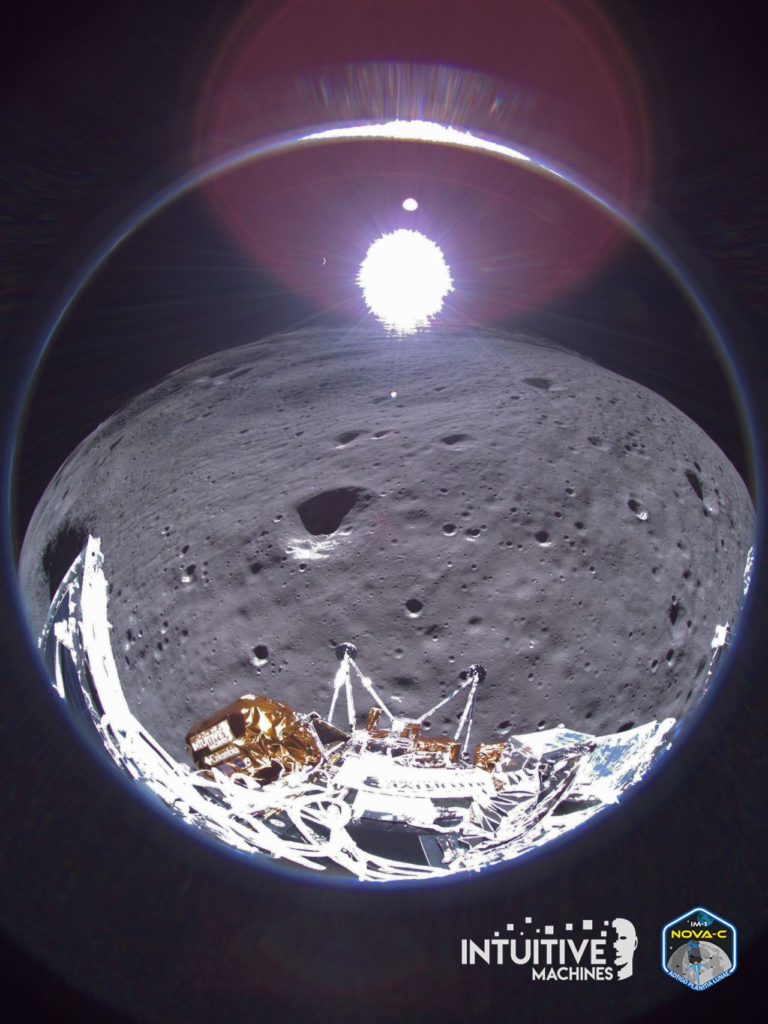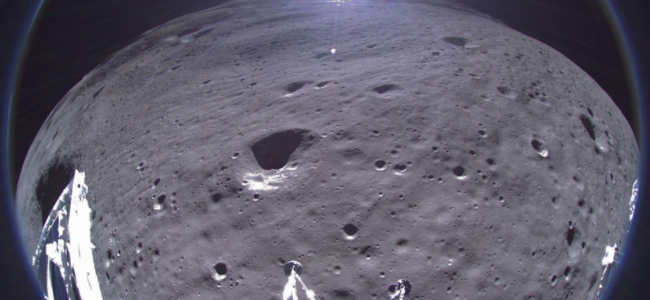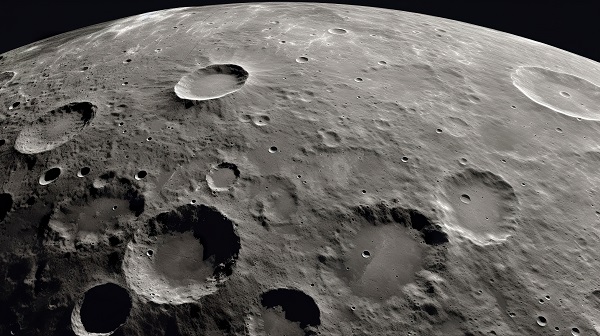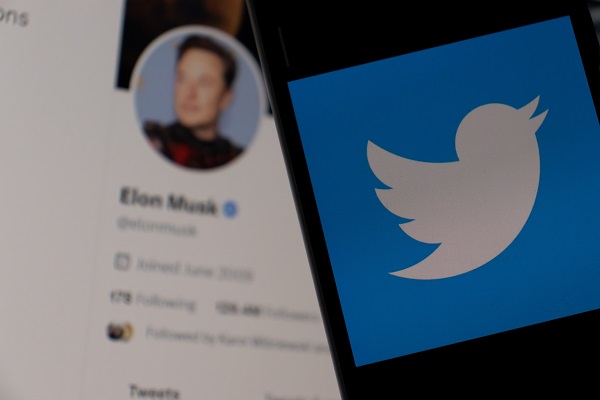
As the sun sets on humanity’s latest voyage to the Moon, the Odysseus lander from Intuitive Machines has offered us a parting gift that transcends the mere scientific. Its final transmission, an image capturing the lunar landscape with Earth’s crescent cradled in the vastness of space, is a profound reminder of our place in the cosmos. This isn’t just a photograph; it’s a reflection, a moment frozen in time that speaks to the core of who we are as explorers, dreamers, and stewards of the future.
The journey of Odysseus, named aptly after the legendary voyager who epitomized resilience and ingenuity, has been nothing short of epic. From the anticipation of its launch to the successful soft landing on the Moon’s south pole, each milestone has been a testament to human ingenuity and our relentless pursuit of knowledge. The lander’s final image, with the Earth rising over the lunar horizon, serves as a poignant bookmark in the annals of space exploration, a subtle yet powerful reminder of humanity’s presence in the universe.
This mission, with its highs and lows, has been a mirror reflecting our own world back at us, reminding us of our vulnerabilities and our strengths. The image of Earth, a delicate crescent hanging in the blackness of space, is a call to remember not just how far we have come, but how far we still have to go. It’s a call to action, a whisper from the cosmos urging us not to give up on the dream of exploring the unknown.
“Goodnight, Odie. We hope to hear from you again.” This farewell to Odysseus is more than a sign-off; it’s a promise of hope, a belief in the continuation of our journey beyond the familiar confines of our pale blue dot. It’s a reflection of the passion, dedication, and spirit of all those who made this mission possible. Their work, often unseen and unsung, propels humanity forward, one small step at a time, towards a future where the boundaries of exploration continue to expand.
As we await the next lunar day and perhaps a signal from Odysseus, we stand in a moment of gratitude for what has been achieved and in anticipation of what is yet to come. The success of the IM-1 mission is a beacon, illuminating the path for future missions and the next generation of explorers who will venture into the unknown, driven by the same spirit of discovery that has guided us to the Moon and beyond.
The journey of Odysseus is a reminder that in the vastness of space, our planet is but a tiny oasis of life. The challenges we face in exploring the universe reflect the challenges we face on Earth – requiring us to come together, to innovate, and to persevere. As we look up at the night sky, let’s remember the crescent Earth in the backdrop of that final image from the Moon, a subtle reminder of our shared home, our shared challenges, and our shared dreams.
In the silence that follows Odysseus’ last transmission, there’s a message for all of us: to continue reaching out into the darkness, towards the stars, with curiosity, courage, and hope. The story of Odysseus is far from over; it’s just another beginning.







